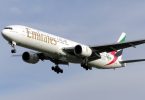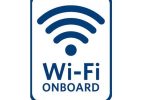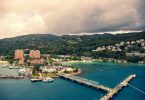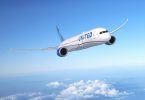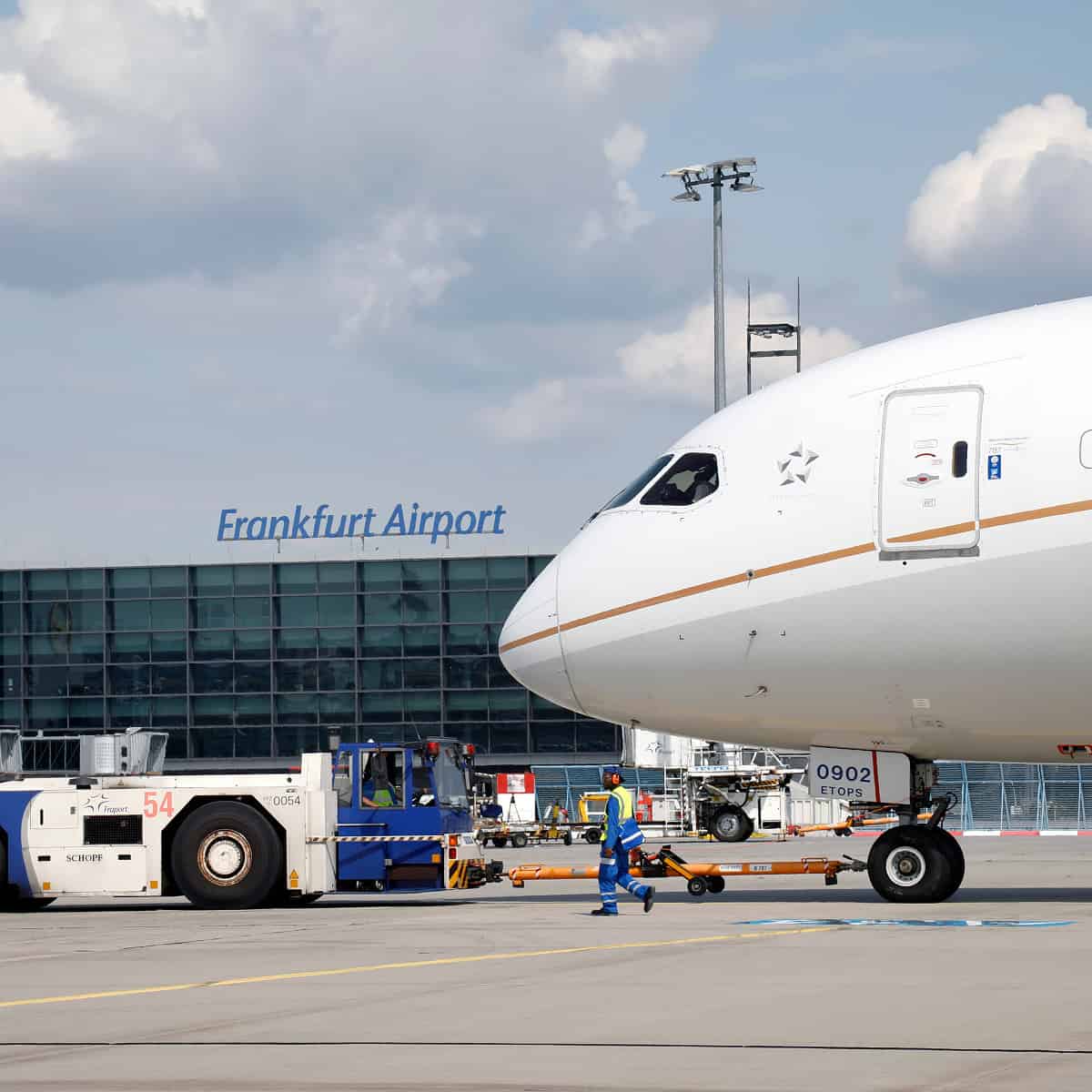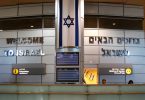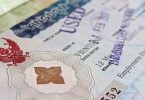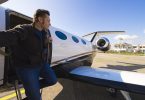If you’re an expert skier, you don’t use the bunny slopes. If you’re a beginning golfer, you’re likely to let the foursome of pros behind you play through.
The government has decided that moving through airport security checkpoints is no different.
Laptops out, shoes off, liquids and gels packed in a plastic bag. Some travelers are good to go once they reach the X-ray machines. Others need a more time.
That’s the thinking behind the Transportation Security Administration’s new “Black Diamond” program that calls for passengers to segregate themselves into color-coded security lines based on their traveling expertise.
Named for the ski-resort term for expert trails, the program is in effect at more than 20 U.S. airports, including Terminal A at Boston’s Logan International Airport. It calls for travelers to voluntarily go to different lanes – black for “experts,” meaning frequent fliers who pack light, know the security drill and won’t hold up the line; blue for “casual travelers” who fly just a few times a year and may not be familiar with all the new rules; and green for families with children or others needing help.
While it may seem a little naive to ask people to rate their own level of expertise – one blogger compared it to lining up for a school photo when the little kids want to get in back where the big kids stand – TSA’s theory is that novice fliers will be feel less pressured if they know others won’t be glaring at them for holding things up.
“We don’t have families with four or five small children trying to get in the Black Diamond lane,” says Dwayne Baird, TSA’s spokesman at Seattle-Tacoma International Airport, where the system is in place at one of three security checkpoints. “They don’t want to be rushed either.”
TSA’s motivations seem good. Anything that might smooth the lines and smooth the nerves is worth a try, especially with passengers expected to carry on more bags to avoid the airlines’ new luggage fees.
Still, you’ve got to wonder, who would intentionally get in a line that’s longer or seems to be moving more slowly?
TSA won’t police the lines, says Baird. The system is voluntary, and everyone will receive the same level of screening no matter the lane.
“We’re still looking at how effective it is,” says Sea-Tac’s Perry Cooper. Depending on how things go this summer, Sea-Tac will decide whether it wants to use the system at all checkpoints.
Denver International Airport, where TSA began experimenting with the program in February, has already made changes.
“After two weeks of testing, we got rid of all the blue lanes,” says terminal manager Wade Cloyd. The airport now sets aside one or two lanes for “experts,” depending on how busy things are, another for families etc., and steers everyone else into undesignated lanes.
“I don’t think it’s done an awful lot to improve things, but I don’t think it’s hurt anything either. . . . The problem you find overall is that when things get busy, people will either go to the lane that’s the shortest or the closest to them.”
“More screeners,” he says, “would ultimately be more effective.”
Curious about wait times at various airport checkpoints? TSA publishes the data at tsa.gov. Go to the section labeled “For Travelers,” then “Air Travel” and “Wait Times.”
kumakuma.com





